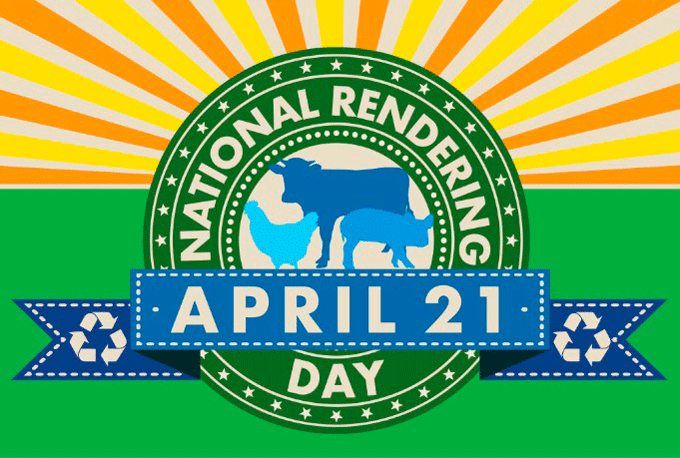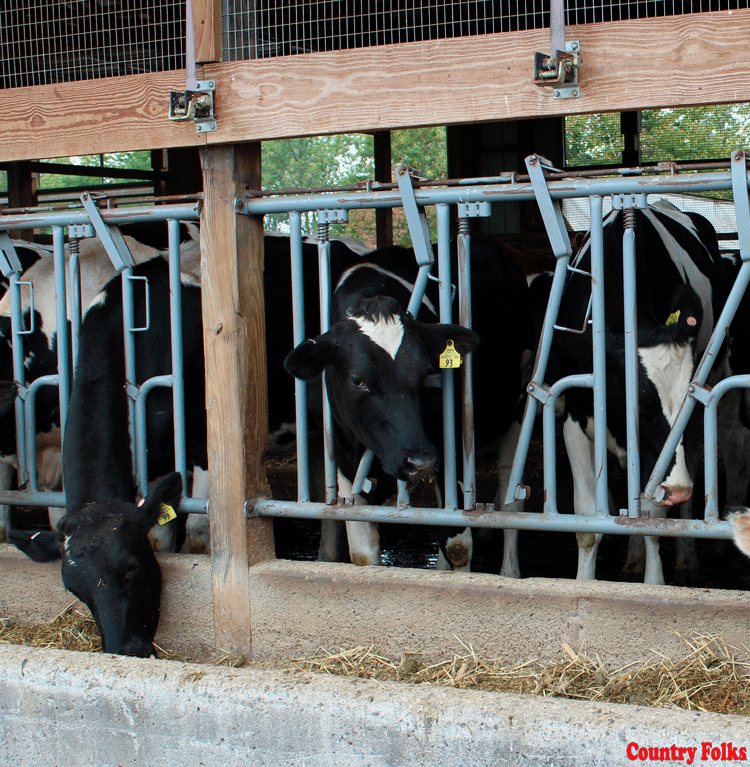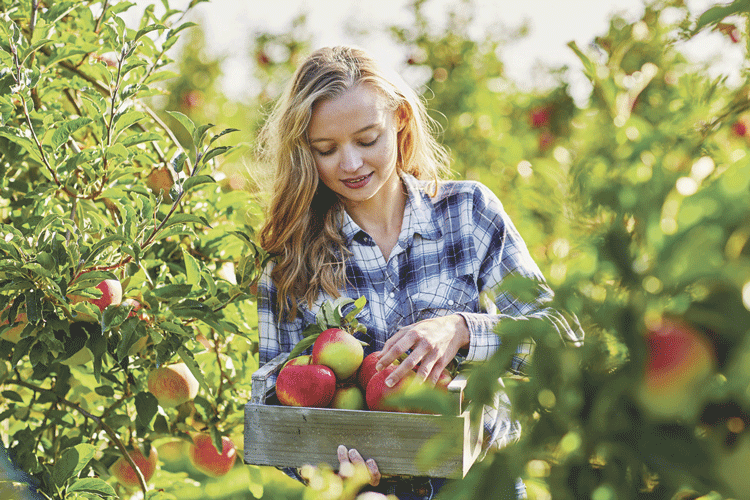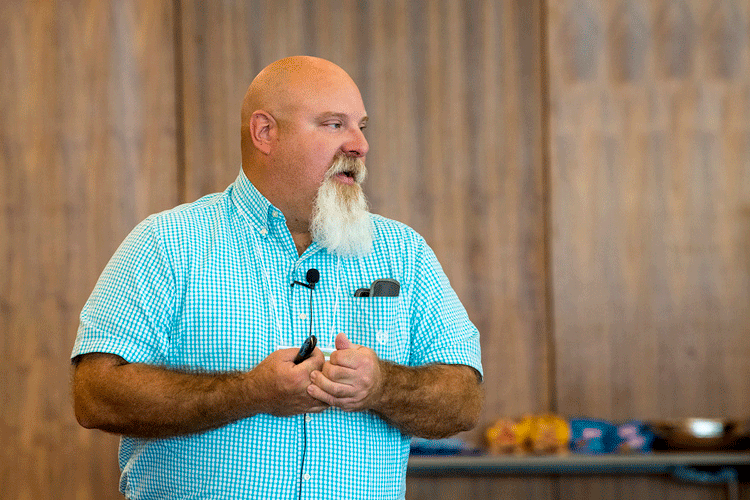 by Steve Wagner
by Steve Wagner
It should come as no surprise just how fast and widespread the tentacles of social media are spreading. Pervading nearly every aspect of our daily lives, it is doing so with relative suddenness. Yet it is happening with our permission, and isn’t exactly happening under our unsuspecting noses. It is here, it has been here and it will continue to be here, certainly for the short term — and likely much longer than that. For anyone interested in acquainting themselves with this phenomenon, Mid-Atlantic Dairy Association held a seminar at the Farm & Home Center in Lancaster, PA. The aim was to help attendees expand online awareness of their businesses, particularly agri-businesses, through the further sophisticated use of social media.
Social media, for our purposes, encompasses Facebook, Twitter, Google+, YouTube, Blogging, Linkedin, Pinterest, Diggs and Instagram. Flowtown, which helps small businesses drum up trade via social media, has come up with a Social Media Cheat Sheet that compares the pluses and minuses of the main players. At the bottom of the cheat sheet there is an illustration which shows Facebook clearly dominating in terms of raw numbers, with roughly 800 million users. YouTube is the first runner-up with a scant 490 million. Twitter boasts a surprisingly lower 100 million and Google+ has 64 million. The evening TV newscast now ranks with ancient history. People want information now, not at a prescribed time. Actually television, for so many years the wunderkind of information dispensing, is a has-been. Ditto radio. YouTube, according to Nielsen, reaches more adults ages 18-34 than any cable network.
Statistics abound. Facebook is the most visited website in the U.S., with 10.5 billion minutes spent on this site daily. There are 5,700 tweets sent on Twitter every second. Seventy percent of brands have a presence on Google+. And back to YouTube…4 billion videos are viewed daily with 100 hours of video uploaded every minute. When you wake up in the morning, you might statistically fit any one of three groups: the 84 percent of Americans who check mobile apps first, the 40 percent who check social networks or the 35 percent who check news sites. There’s no question about it, folks, social networking has made deep inroads — labyrinthine, in fact.
Mid-Atlantic Dairy Association Senior Industry Image & Relations Manager Lisa Perrin-Dubravec shepherded this workshop, featuring her associate Laura England, executive vice president of communications. Laura Landis, one of the workshoppers, had a Facebook page as well as a farm Facebook page “which” she said, “we don’t really do anything with. Some pictures and some random things, but that’s kind of the end of it.” She also hoped to “get a better idea of what to do and how to do it with the farm page mostly, and then with Twitter and Google+ because I haven’t been on any of that.” And Diane Hoover wasn’t on anything. But she did have e-mail, and wanted to explore farm Facebook pages. With that in mind, slide number three reminded us that there are more devices connected to the Internet than there are people on Earth.
“I like this infograph,” said Perrin-Dubravec explaining one of the slides, “because it takes each social network and shows how each would ‘talk’ about something on that specific network.” Facebook, for example, is known for its “like” button — as in “I like milk”. Twitter is known for its hashtag, as in, “Idrink#milk”. Google+ is known for its hangout feature — “I hang out with people who like milk.” Linked-In, she says, “is a professional development site, so ‘I am skilled at drinking milk.’” YouTube and Vimeo are, of course, “Watch me drink milk.”
Are you seeing the premise here? One is bound to appeal to you more than the rest, but that doesn’t mean you must use one to the exclusion of the others. Flickr and Instagram: ‘I take pictures of milk.’ Pinterest, which seems to be finding broad acceptance, is like taking a recipe off a bulletin board. ‘Here’s an image and recipe with milk.’ Reddit and StumbleUpon show ‘stories and websites I like about milk.’ Blogger, WordPress and Tumblr echo that ‘I write about milk.’ Foursquare and Facebook Places tell us, ‘This is where I drink milk.’ And ‘This is what I think of the places I drink milk,’ Yelp might well proclaim.
“Today we wouldn’t think about doing business without a phone or an email address,” says Perrin-Dubravec, “or even a fax machine. Fax machines are still viable. And that’s how you have to think of social media. You can’t really do business anymore without it.” But use common sense with social networking. As the power-point counsels, “Don’t rant, or be a Debbie Downer. Negative posts garner initial attention, but are not effective and put a bad light on you.”
Laura England shared a footnote about something she heard on the radio on the way to the workshop: “The trend now,” she says, “is for adding social media parameters in pre-nuptial agreements. It comes from the standpoint that if couples should decide to get a divorce, one cannot use social media against the other. And that is in terms of posting inappropriate photos or comments. If you’re in business, your personal brand can be ruined by something like that. We look at it from the positive context. In other words, how can we get our farmer stories out there?”










Leave A Comment